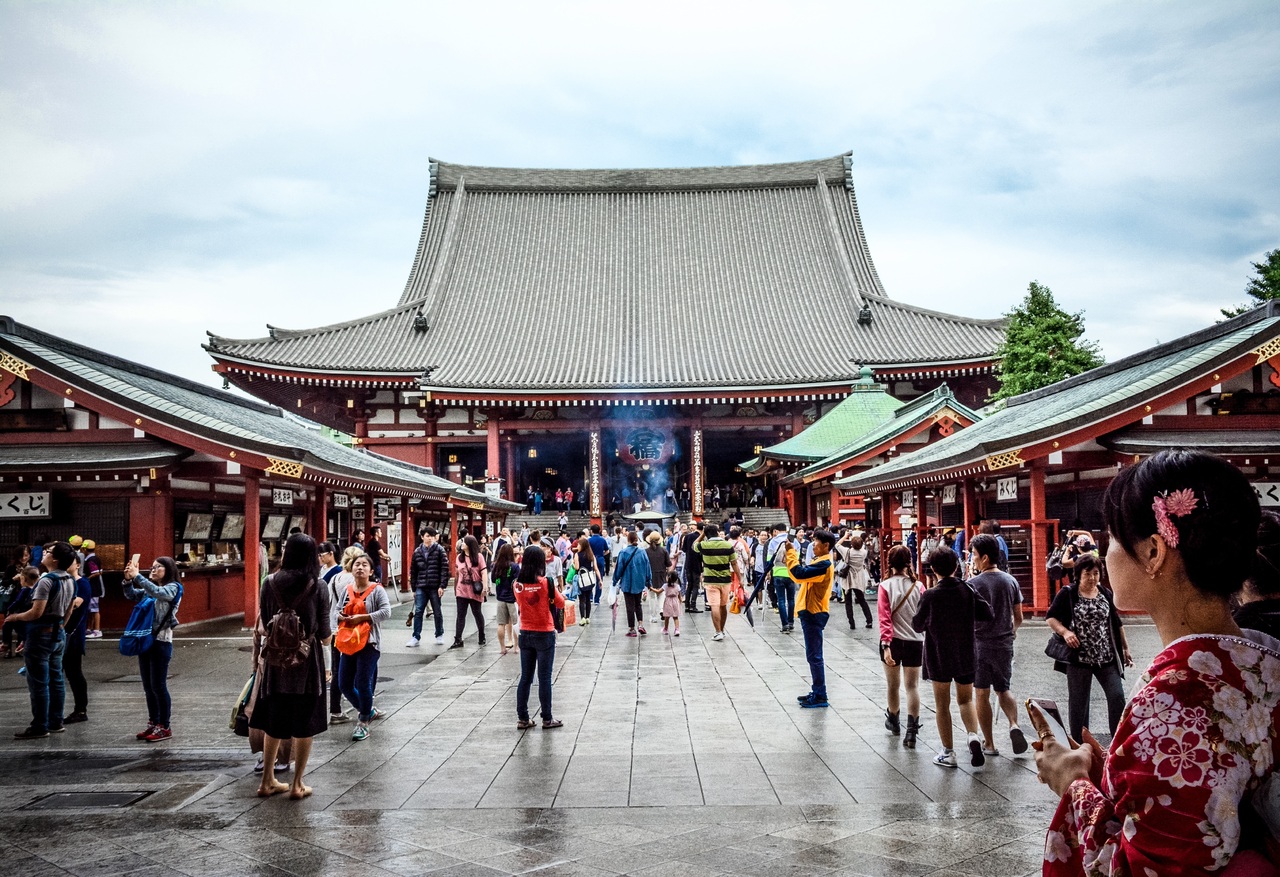Skift Take
Travel in Asia is expected to continue its post-pandemic boom this year, and here are some shaping travel on the continent.
The Asia-Pacific region is expected to play a key role in the travel industry’s growth this year. Skift Research projected the region would see travel revenue jump 20% in 2024 from the previous year as outbound travel from China is expected to increase substantially.
So what are top travel trends in Asia? We posed the question to our artificial intelligence chatbot Ask Skift. Ask Skift used information that has appeared in our past news coverage and research. We also did additional reporting.
Ask Skift said:
Top travel trends in Asia in 2024 and beyond are shaped by several key factors:
China’s Resurgence: China leads the Asia Pacific region in travel, and other countries that rely on Chinese travelers such as Hong Kong, Thailand, and Indonesia have also seen improvement. Despite expectations, travel volumes from China did not bounce back as quickly after the borders reopened, but a significant recovery is expected with a forecast of 80% growth in Chinese outbound departures in 2024 and a further 46% in 2025.
India’s Thriving Travel Industry: The Indian travel sector has gained momentum, and the country is expected to become the third-largest domestic and fifth-largest outbound travel market by 2027. Indian travelers visiting Vietnam have significantly grown, making India one of the top 10 inbound markets for Vietnam.
Emerging Hotspots: Cities like Tokyo, Seoul, Hong Kong, Shanghai, Taipei City, and Osaka have emerged as the most popular destinations for travel in 2024.
Impact of Mass Tourism Events: Events like the inauguration of the Ram Temple in Ayodhya, India, and the Coldplay concert in Singapore have boosted the travel industry in these areas, highlighting the influence of mass tourism events on travel performance.
Increased Airfare Prices: Airfare prices for flights to Asia have increased by 45% compared to 2019, indicating a potential premium that tourists may have to pay to travel to Asia in 2024.
Ask Skift Is the AI Chatbot for the Travel Industry
Go deeper into the business of travel with Skift’s new AI chatbot.
What else you need to know:
Travelers from Asia-Pacific countries are increasingly choosing to go cashless. The number of travelers from the region using cash has dropped by 60% coming out of the pandemic, according to Visa’s Global Travel Intentions study for 2023.
Japan will ban the use of cash at the World Expo 2025 in Osaka, where all visitors must pay for shopping, dining and other activities via a dedicated smartphone app or with credit and smart cards. Roughly 28 million people are projected to visit the Expo during the six months from April 2025.
The Asia-Pacific region is also seeing a growing demand for vacation rentals. Data coming from 16 Asian nations revealed that vacation rental bookings increased 84% between 2022 and 2023, according to Trip101, a startup that provides travel recommendations.
As for what activities they might partake in during their trips, Asian travelers are expressing more interest in experiences. Roughly 77% of those surveyed said they’re looking to invest more in distinct and new experiences on the road, according to MMGY Travel Intelligence’s 2023 Portrait of Asian International Travelers research report.
Skift reported last November that Chinese travelers in particular are increasingly interested in experiences, with Asia Editor Peden Doma Bhutia writing that their desire for experiential travel and cultural immersion has surpassed that for visiting as many as destinations in record time.
Finally, visa-free travel is booming in the region, with Thailand, Malaysia and Singapore all having waived visa requirements for Chinese travelers. Those moves have paid dividends for those three Southeast Asian destinations as Chinese visitor numbers and spending have topped pre-Covid levels during the recent Lunar New Year holiday.
China has long been a major tourism market for Southeast Asian countries. Roughly 11 million Chinese travelers visited Thailand in 2019, representing more than a quarter of the kingdom’s arrivals that year.
Beijing has also removed visa requirements for visitors from certain countries. Foreign Minister Wang Yi announced earlier this month the Chinese government would offer visa-free entry to citizens of Switzerland, Ireland, Hungary, Austria, Belgium and Luxembourg from March 14. China has granted visa exemptions to travelers from 15 countries since July 2023.
Ask Skift Is the AI Chatbot for the Travel Industry
Go deeper into the business of travel with Skift’s new AI chatbot.
The Daily Newsletter
Our daily coverage of the global travel industry. Written by editors and analysts from across Skift’s brands.
Have a confidential tip for Skift? Get in touch
Tags: asia, asia pacific, ask skift
Photo credit: Japan - like many destinations in Asia - is projected to see a tourism boom in 2024. PxHere
